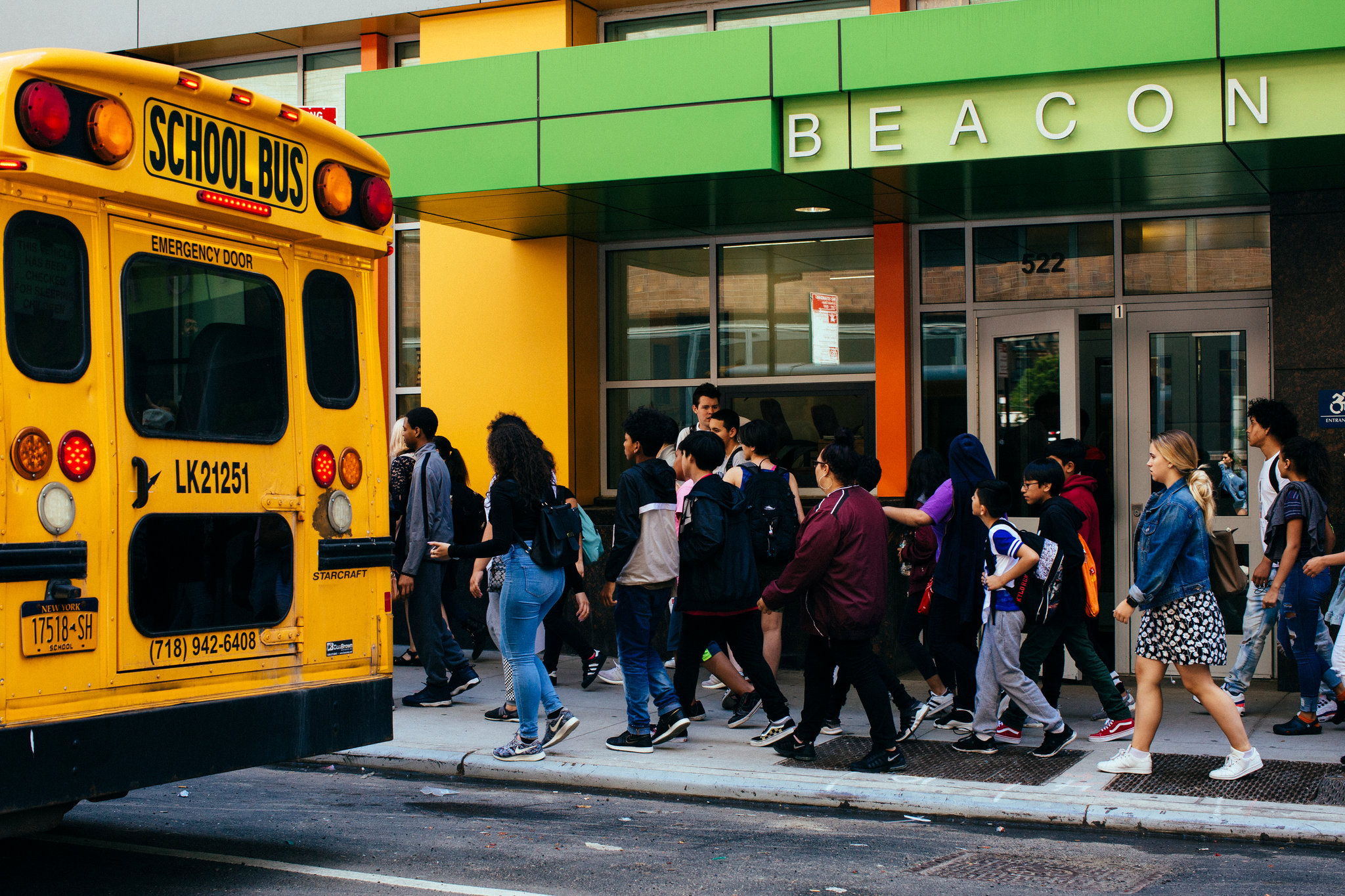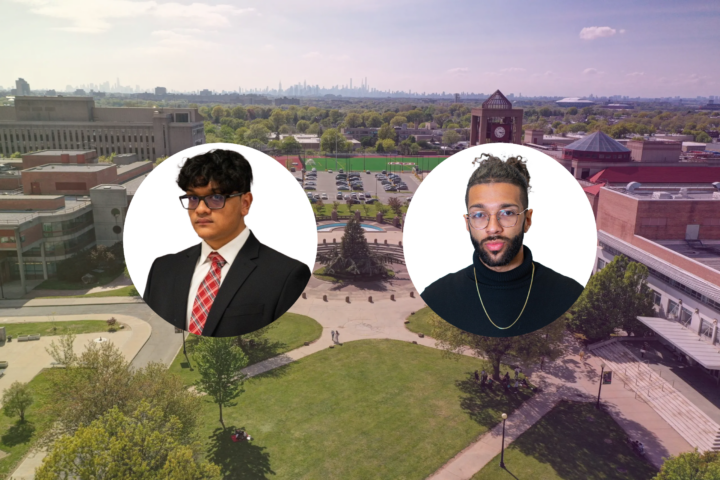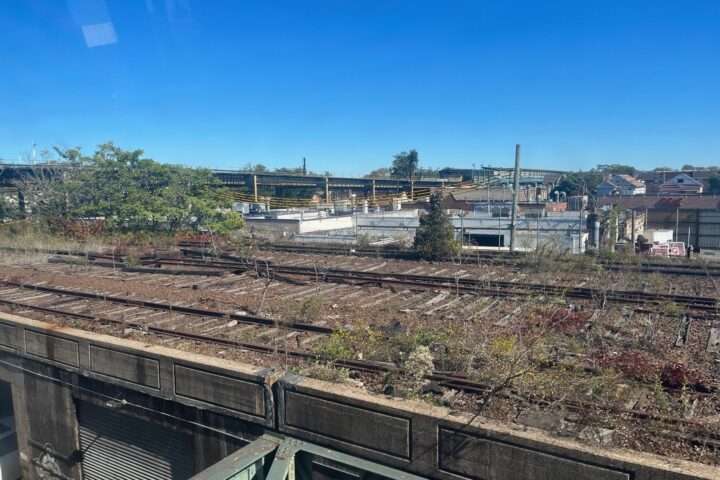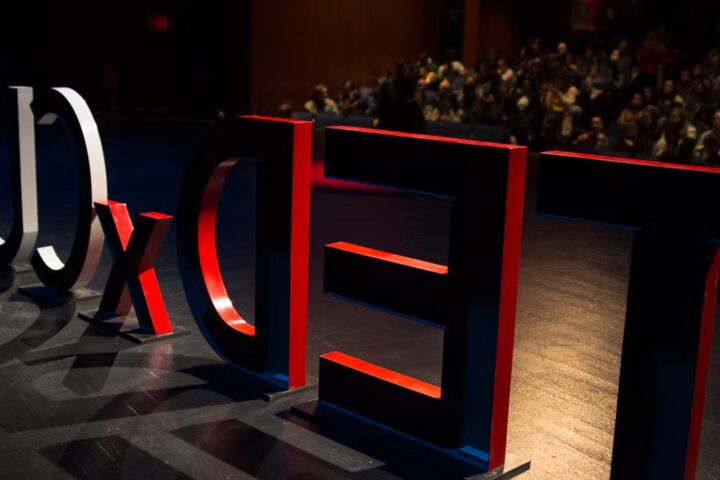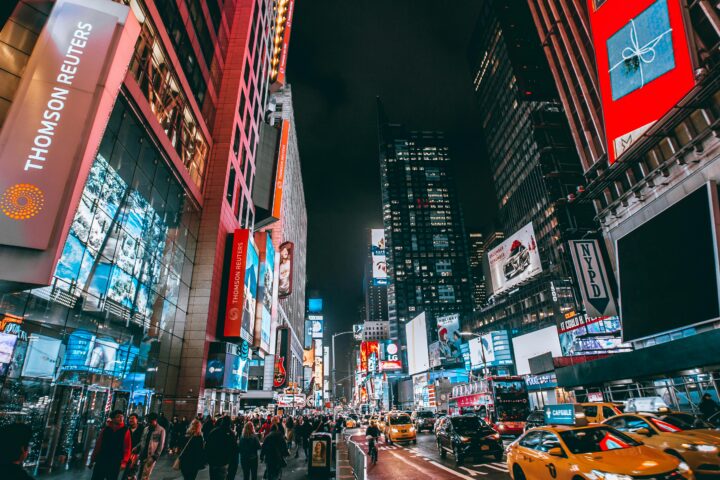As we begin our school year, Mayor Bill de Blasio has announced that the city’s 1.1 million schoolchildren will now start both remote and in-person classes on Sept. 21, 10 days later than originally scheduled.
The original date for public schools to open was September 10th, but the teachers’ union threatened to go on strike until they were ensured that full safety precautions would be put into place. “For the nation’s largest school system to come together in unity and say, ‘we are going to get it right, and it won’t always be easy and there’ll be tough moments along the way, but we’re going to get it right’— that’s a statement,” Mr. De Blasio said during a morning news conference.
The New York Times reports that “after agreeing to the unions’ demand, Mr. de Blasio said that the city will require monthly, random testing between 10 and 20 percent of students and staff in all city school buildings starting in October, with results ready within 48 hours.”
Peter Kwon is an alumnus of the year 2003 with a BA in English Literature and a MA in English Education in 2008 from Teachers College. He has been an English high school teacher for almost nine years. “There are many precautions and protocols that have been made aware and implemented, but there is one that concerns me: commuting and public transportation. I wish there were a protocol put into place in creating more bus stops and maintaining social distancing on the bus line. Even though schools—I’m not sure if all schools—have created a new schedule to allow for social distancing in the classroom which then limits the number of students traveling to and from home and school, I am certain that come the first week of school, there will be an uncomfortable number of people lining up for buses in the morning,” said Kwon.
The mayor’s insistence that schools would be ready to reopen as initially scheduled on Sept. 10 frustrated many teachers and principals, who said they did not believe Mr. de Blasio understood the depth of the challenges they faced on the ground. Officials have said that they will be able to distribute four million face masks, 3.5 million bottles of hand sanitizer, and 80,000 containers of disinfectant wipes. More than 3,500 electrostatic sprayers — special equipment that has been used on the subway — are being deployed to disinfect surfaces. But getting personal protective gear and sufficient soap and hand sanitizer into the city’s public school buildings is only a first step.
ABC7 News has also reported that ventilation issues are delaying teachers’ return to teaching in school. Kwon points out that “aside from checking ventilation, schools have tried to limit the number of students allowed in a classroom and, therefore, created a schedule in which one class is split into four groups, and each group would attend schools once a week. This allows a much smaller number of students (i.e., approx. 8) to sit comfortably in a classroom while practicing social distancing. Moreover, students do not leave to go to the class when the period is over; instead, teachers rotate. This new method significantly limits foot traffic and discourages close contact in tight spaces, such as staircases, narrow hallways, and bathrooms.”
Many schools have implemented a hybrid system for teaching that allows students to either go fully remote or to come in to attend in-class sessions for parts of the month. “One challenge all students will face will be remaining motivated throughout the school year. So many students love the social aspect of school because maintaining friendships and a sense of community outside of their homes is important. What occurred during the quarantine back in March through June was that many students (some who were even high performing) drastically produced low-quality work or no work at all,” Kwon commented.
However, we have seen the number of people that are politicizing masks rather than seeing the point in how it is more of a safety precaution. Not an infringement on our rights as Americans. “Furthermore, if students refuse to practice social distancing, what protocols will be in place for them? Do we, as educators, then report home and tell their parents? Do we restrict them from coming back into the building and switch them to remote learning only? But what if by doing so those students react negatively to such a “punishment”—as they might see it—and as a result no longer keep up with school work? I haven’t personally heard for situations such as this that I just mentioned, but I do wonder about the major challenge in creating an environment of caution that all students can learn to respect during this time,” Kwon mentions.


